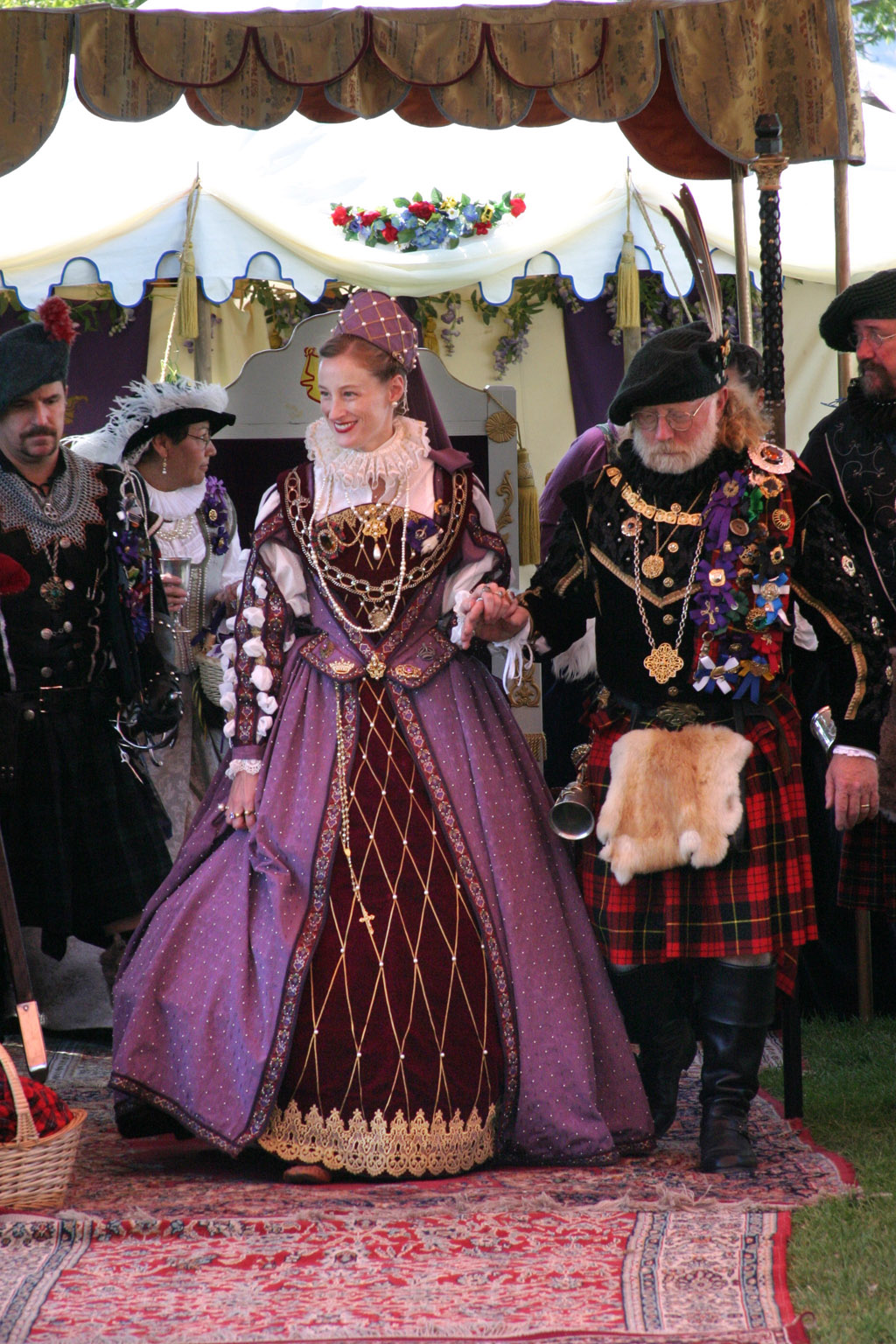|
Waterloo Village
Waterloo Village is a restored 19th-century canal town in Byram Township, New Jersey, Byram Township, Sussex County, New Jersey, Sussex County (west of Stanhope, New Jersey, Stanhope) in northwestern New Jersey, United States. The community was approximately the half-way point in the roughly trip along the Morris Canal, which ran from Jersey City, New Jersey, Jersey City (across the Hudson River from Manhattan, New York) to Phillipsburg, New Jersey, (across the Delaware River from Easton, Pennsylvania). Waterloo possessed all the accommodations necessary to service the needs of a canal operation, including an inn, a general store, a church, a blacksmith shop (to service the mules on the canal), and a watermill. For canal workers, Waterloo's geographic location would have been conducive to being an overnight stopover point on the two-day trip between Phillipsburg and Jersey City. It is currently an open-air museum in Allamuchy Mountain State Park. As part of the State Park, it ... [...More Info...] [...Related Items...] OR: [Wikipedia] [Google] [Baidu] |
Byram Township, New Jersey
Byram Township is a township in Sussex County, New Jersey, United States. As of the 2010 United States Census, the township's population was 8,350, reflecting an increase of 96 (+1.2%) from the 8,254 counted in the 2000 Census, which had in turn increased by 206 (+2.6%) from the 8,048 counted in the 1990 Census. The municipality is known as the "Township of Lakes", as there are roughly two dozen lakes and ponds within its borders.FAQ Byram Township. Accessed July 1, 2011. "Byram Township is located in Northern New Jersey in Sussex County. Byram is known as ''The Township of Lakes'', having more than two dozen lakes and ponds. Several large communities have grown around the larger lakes." History Byram Township was created by an act by the |
Delaware, Lackawanna And Western Railroad
The Delaware, Lackawanna and Western Railroad (also known as the DL&W or Lackawanna Railroad) was a U.S. Class 1 railroad that connected Buffalo, New York, and Hoboken, New Jersey (and by ferry with New York City), a distance of . Incorporated in Pennsylvania in 1853 primarily for the purpose of providing a connection between the anthracite coal fields of Pennsylvania's Coal Region and the large markets for coal in New York City. The railroad gradually expanded both East and West, eventually linking Buffalo with New York City. Like most coal-focused railroads in Northeastern Pennsylvania (e.g., Lehigh Valley Railroad, New York, Ontario and Western Railroad and the Lehigh & New England Railroad), the DL&W was profitable during the first half of the twentieth century, but its margins were gradually hurt by declining Pennsylvania coal traffic, especially following the 1959 Knox Mine Disaster and competition from trucks following the expansion of the Interstate Highway System in the ... [...More Info...] [...Related Items...] OR: [Wikipedia] [Google] [Baidu] |
Living History
Living history is an activity that incorporates historical tools, activities and dress into an interactive presentation that seeks to give observers and participants a sense of stepping back in time. Although it does not necessarily seek to reenact a specific event in history, living history is similar to, and sometimes incorporates, historical reenactment. Living history is an educational medium used by living history museums, historic sites, heritage interpreters, schools and historical reenactment groups to educate the public or their own members in particular areas of history, such as clothing styles, pastimes and handicrafts, or to simply convey a sense of the everyday life of a certain period in history. Background Living history's approach to gain authenticity is less about replaying a certain event according to a planned script as in other reenactment fields. It is more about an immersion of players in a certain era, to catch, in the sense of Walter Benjamin the ' ... [...More Info...] [...Related Items...] OR: [Wikipedia] [Google] [Baidu] |
Not-for-profit
A nonprofit organization (NPO) or non-profit organisation, also known as a non-business entity, not-for-profit organization, or nonprofit institution, is a legal entity organized and operated for a collective, public or social benefit, in contrast with an entity that operates as a business aiming to generate a profit for its owners. A nonprofit is subject to the non-distribution constraint: any revenues that exceed expenses must be committed to the organization's purpose, not taken by private parties. An array of organizations are nonprofit, including some political organizations, schools, business associations, churches, social clubs, and consumer cooperatives. Nonprofit entities may seek approval from governments to be tax-exempt, and some may also qualify to receive tax-deductible contributions, but an entity may incorporate as a nonprofit entity without securing tax-exempt status. Key aspects of nonprofits are accountability, trustworthiness, honesty, and openness to eve ... [...More Info...] [...Related Items...] OR: [Wikipedia] [Google] [Baidu] |
Branchville, New Jersey
Branchville is a borough in Sussex County, New Jersey, United States. As of the 2010 United States Census, the borough's population was 841,DP-1 - Profile of General Population and Housing Characteristics: 2010 for Branchville borough, Sussex County, New Jersey . Accessed February 18, 2013. [...More Info...] [...Related Items...] OR: [Wikipedia] [Google] [Baidu] |
.png)

